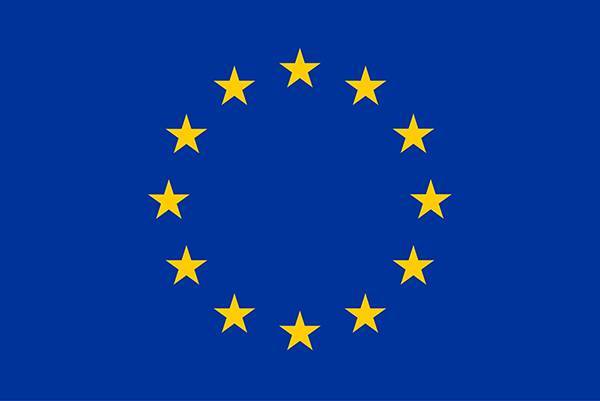ZELP is developing a low-cost, cattle wearable technology to mitigate methane emissions, whilst helping farmers improve productivity, efficiency and animal welfare.
How it Works: Methane Mitigation

Methane will be routed directly from the cow’s rumen to an external catalyst where it is oxidised, before being released into the atmosphere as carbon dioxide and water.
Carbon dioxide has a much lower global warming effect than methane1, helping immediately reduce livestock’s impact on the climate, giving us a better chance to limit global warming to 1.5˚C by 2030 and buying us time to introduce systemic changes.
Key Benefits:

Reduced methane:
Initial trials indicate our potential to mitigate methane by up to 50%.

Applicable to all livestock systems:
Unlike currently available feed additives that can only be used in systems where animals are fed regularly, ZELP’s technology will be usable in all livestock systems.

Verified carbon credits:
By tracking the volume of methane oxidised per cow and securing third-party accreditation, ZELP’s technology will be able to be used to generate fully verified, traceable, carbon credits.

Improved animal health & welfare
By quickly flagging potential welfare issues and allowing rapid intervention, ZELP’s technology can help reduce the severity of conditions or illness, reduce the need for antibiotics, speed up recovery and minimise time out of production2.



Lower workload & costs
Farmers will no longer need to spend hours each day observing their herd. They’ll be able to quickly identify cows that need their attention via the app, and spend more time with those in need.
1 – “Methane Emissions”. European Commission Energy. Accessed July 2023.
https://energy.ec.europa.eu/topics/oil-gas-and-coal/methane-emissions_en
2 – K.A. Leach, et al. “The effects of early treatment for hindlimb lameness in dairy cows on four commercial UK farms”. The Veterinary Journal; 2012; 193(3); pages 626-632.
https://doi.org/10.1016/j.tvjl.2012.06.043
ZELP LTD
London N7 6LR, UK
contact@zelp.co

This project has received funding from the European Union’s Horizon 2020 research and innovating programme under grant agreement No. 877091.